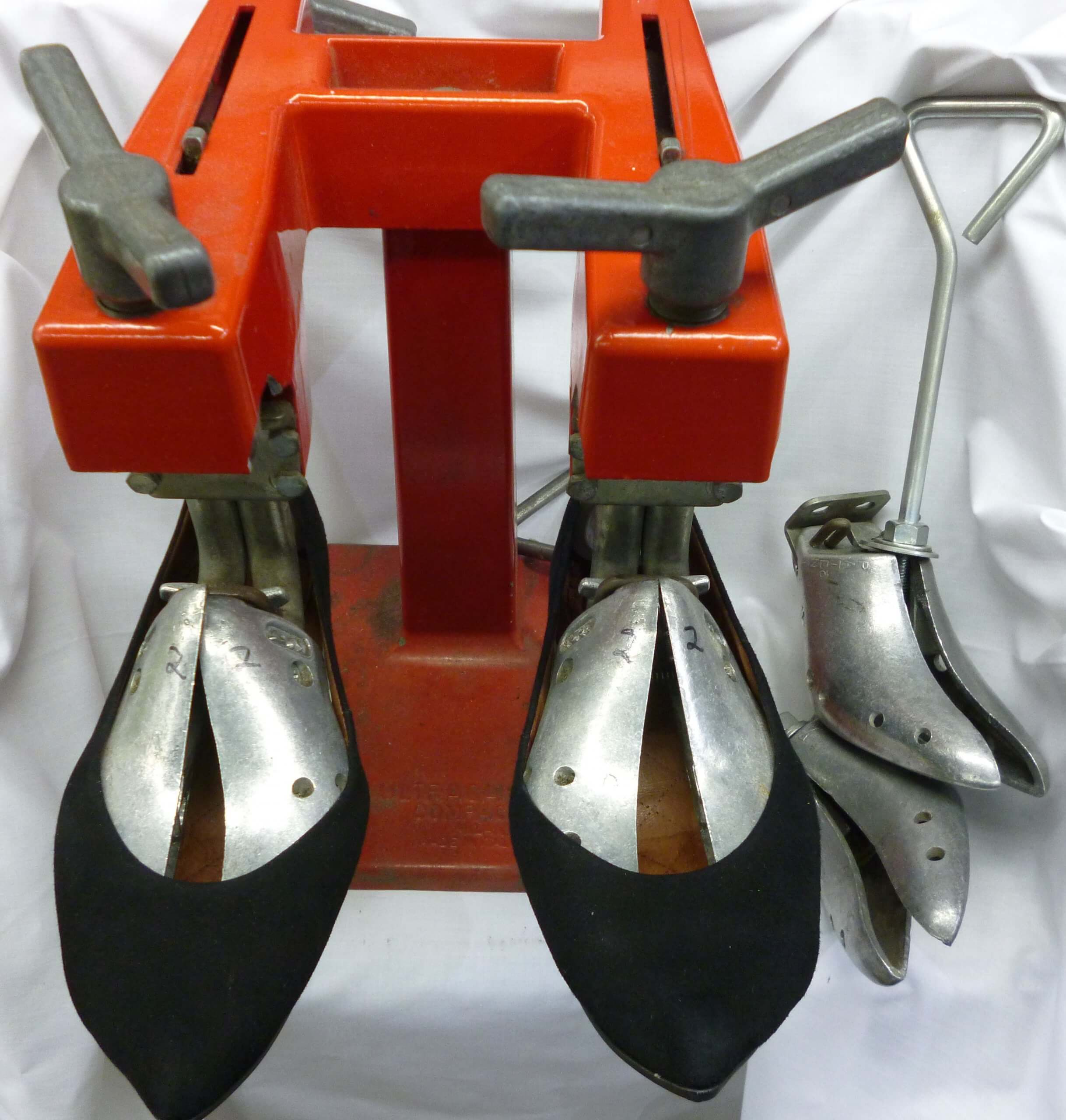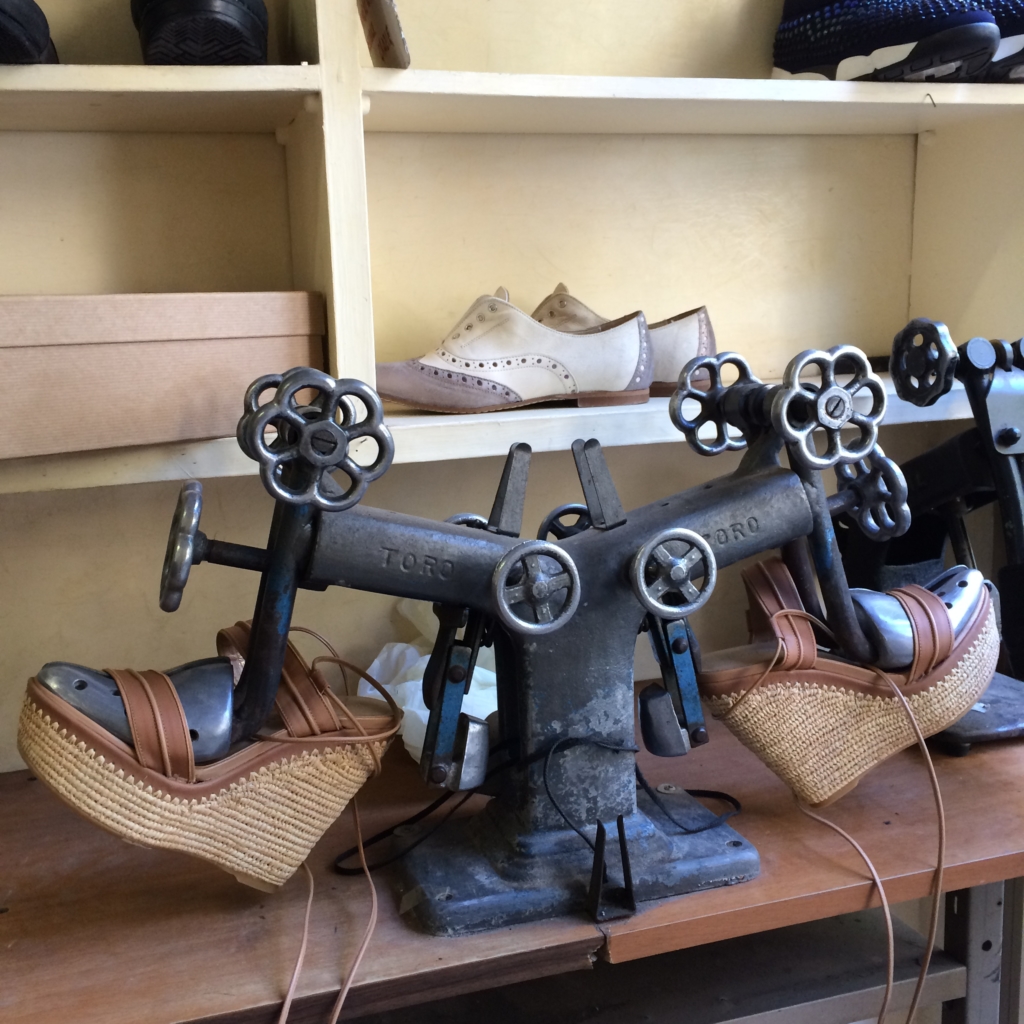When the shoes you adore become a tad too tight, it can be disheartening. Many shoe lovers face this dilemma and often wonder: can a cobbler stretch shoes? In this comprehensive guide, we will delve deep into the art of shoe stretching, the expertise of cobblers, real-world experiences, and all the intricacies that make cobblers invaluable to shoe enthusiasts. Whether you’re a devoted footwear aficionado or a casual buyer, this article is designed to address your concerns and enhance your shoe-wearing experience.
Understanding the Role of a Cobbler
A cobbler is much more than just a shoe repair person. They are skilled artisans who specialize in various aspects of footwear. From repairing the sole of your favorite boots to stretching shoes that have become just a bit too snug, cobblers possess a wealth of knowledge about materials and craftsmanship.
The History of Cobbler Services in the U.S.

Cobbler services have a rich history in the United States, dating back to the early colonial days when footwear was often handmade. As mass production took over, the role of cobblers shifted to focus more on repair and customization, ensuring that shoes could fit every individual’s unique foot shape.
Why Would You Need a Cobbler’s Help?

Several reasons might prompt you to seek the services of a cobbler. These include:
- Too Tight Shoes: New shoes that have not yet broken in can often pinch the toes or rub against the heel.
- Inconsistent Sizing: Different brands have different sizing standards; a cobbler can adjust accordingly.
- Arch Support Needs: If your shoes lack proper arch support, a cobbler can customize them to enhance comfort.
Can a Cobbler Really Stretch Shoes?

Absolutely! One of the primary services offered by cobblers is shoe stretching. However, the success of this process depends on various factors, including the material of the shoe, the extent to which the shoe needs to be stretched, and the cobbler’s expertise.
Common Materials That Can Be Stretched

Different shoe materials respond differently to stretching. Here are some common materials that a cobbler can stretch:
| Material | Stretchability | Notes |
|---|---|---|
| Leather | High | Stretches well, conforms to the foot shape. |
| Suede | High | Similar properties to leather; good for comfort. |
| Canvas | Moderate | Can be stretched but may lose shape with excessive stretching. |
| Synthetic Materials | Low | Typically not recommended for stretching. |
How Do Cobblers Stretch Shoes? A Step-By-Step Process

The shoe stretching process can vary slightly from one cobbler to another, but generally, the steps include:
1. Assessment
The cobbler will first assess the shoe’s material, current fit, and the desired outcome.

2. Application of Stretcher
For leather or suede shoes, they may use a shoe stretcher, which applies gentle pressure. They might also use specific stretching compounds that relax the material.
3. Heating (for Leather Shoes)
Some cobblers may heat the leather slightly to make it more pliable during the stretching process.

4. Final Fitting
After stretching, the cobbler will ensure a proper fit, often adding insoles or other adjustments as necessary.
Real-World Experiences: Case Studies of Cobbler Success
To illustrate the profound impact cobblers have on shoe comfort, let’s explore a few case studies from U.S. customers.
Case Study 1: Emma’s First Pair of Heels
Emma purchased her first pair of high-end heels for her sister’s wedding. However, upon trying them on at home, she realized they were just a bit too snug around the toes. Feeling disheartened, she took them to a local cobbler who expertly stretched them after assessing the fit. By the time the wedding day arrived, she wore her heels with confidence and comfort.
Case Study 2: Mark’s Work Boots
Mark, a construction worker, bought a new pair of work boots that felt tight around the arch. Knowing he needed a solution for the long hours standing on job sites, he visited a cobbler. They stretched the boots and added arch supports, which transformed his experience on the job. Mark now swears by his cobbler whenever he needs new footwear adjustments.
Pros and Cons of Using a Cobbler for Shoe Stretching
Pros
- Cost-Effective: Stretching can save you from buying a new pair of shoes.
- Expertise: Cobbler knowledge ensures shoes retain their shape and integrity.
- Customized Fit: Shoes can be tailored to the unique contours of your feet.
Cons
- Not All Materials: Some materials may not be suitable for stretching.
- Time-Consuming: The process may take several days, depending on the cobbler’s schedule.
- Cost Variation: Prices can vary significantly based on the cobbler’s location and expertise.
Tips for Maintaining Your Shoes Post-Stretching
After you’ve had your shoes stretched, proper maintenance can prolong their life and comfort:
- Rotate Your Shoes: Avoid wearing the same pair daily to reduce wear.
- Use Shoe Trees: Insert shoe trees after each wear to maintain shape.
- Regular Cleaning: Keep your shoes clean and conditioned to protect the material.
Popular Shoe Brands Known for Stretching Options
While any cobbler can work on various brands, some U.S. shoe brands are particularly known for their ability to stretch well:
- Clarks: Known for their quality leather, they often stretch nicely.
- Dr. Martens: The iconic boots typically adjust well with proper care.
- Naturalizer: Offer shoes designed for comfort, often accommodating slight stretching.
Ratings and Reviews of Popular Shoe Models
Here’s a comparison of popular shoe models that might require stretching along with their reviews:
| Shoe Model | Brand | Rating (out of 5) | Review Summary |
|---|---|---|---|
| Clarks Desert Boot | Clarks | 4.7 | Comfortable but may require stretching for a perfect fit. |
| Dr. Martens 1460 | Dr. Martens | 4.5 | Stiff initially, but stretches well; iconic design. |
| Naturalizer Marianne | Naturalizer | 4.6 | Great for daily wear; may need stretching for wider feet. |
Frequently Asked Questions (FAQs)
1. How much does it usually cost to stretch shoes?
Pricing varies widely depending on the cobbler and your location, but typically, it ranges from $15 to $50.
2. Can all types of shoes be stretched?
Not all shoes can be stretched; generally, leather and suede are the most suitable materials.
3. How long does the stretching process take?
The process can take anywhere from a few hours to several days, depending on the cobbler’s workload.
4. Will stretching my shoes affect their appearance?
Good cobblers ensure that shoes maintain their appearance while being stretched, as they are trained to preserve the shoe’s integrity.
5. Is it safe to stretch shoes myself at home?
While home remedies exist, they can risk damaging your shoes. It’s best to consult a professional cobbler.
6. How do I choose a good cobbler?
Look for reviews, recommendations from friends, and a cobbler who specializes in the type of shoes you have.
7. What should I do if my stretched shoes are still uncomfortable?
If after stretching your shoes remain uncomfortable, consult your cobbler about additional adjustments or considerations.
For more information on shoe stretching and cobbler services, you can visit ShoeInfo.
Conclusion
In conclusion, when faced with tight or uncomfortable shoes, visiting a cobbler is an excellent solution to regain that perfect fit. Armed with knowledge about the stretching process, materials, and case studies, you can confidently step into your favorite footwear once again. Remember, a cobbler is not just a repair person; they are your partners in achieving the ultimate comfort in shoes. Don’t hesitate to seek their expertise!